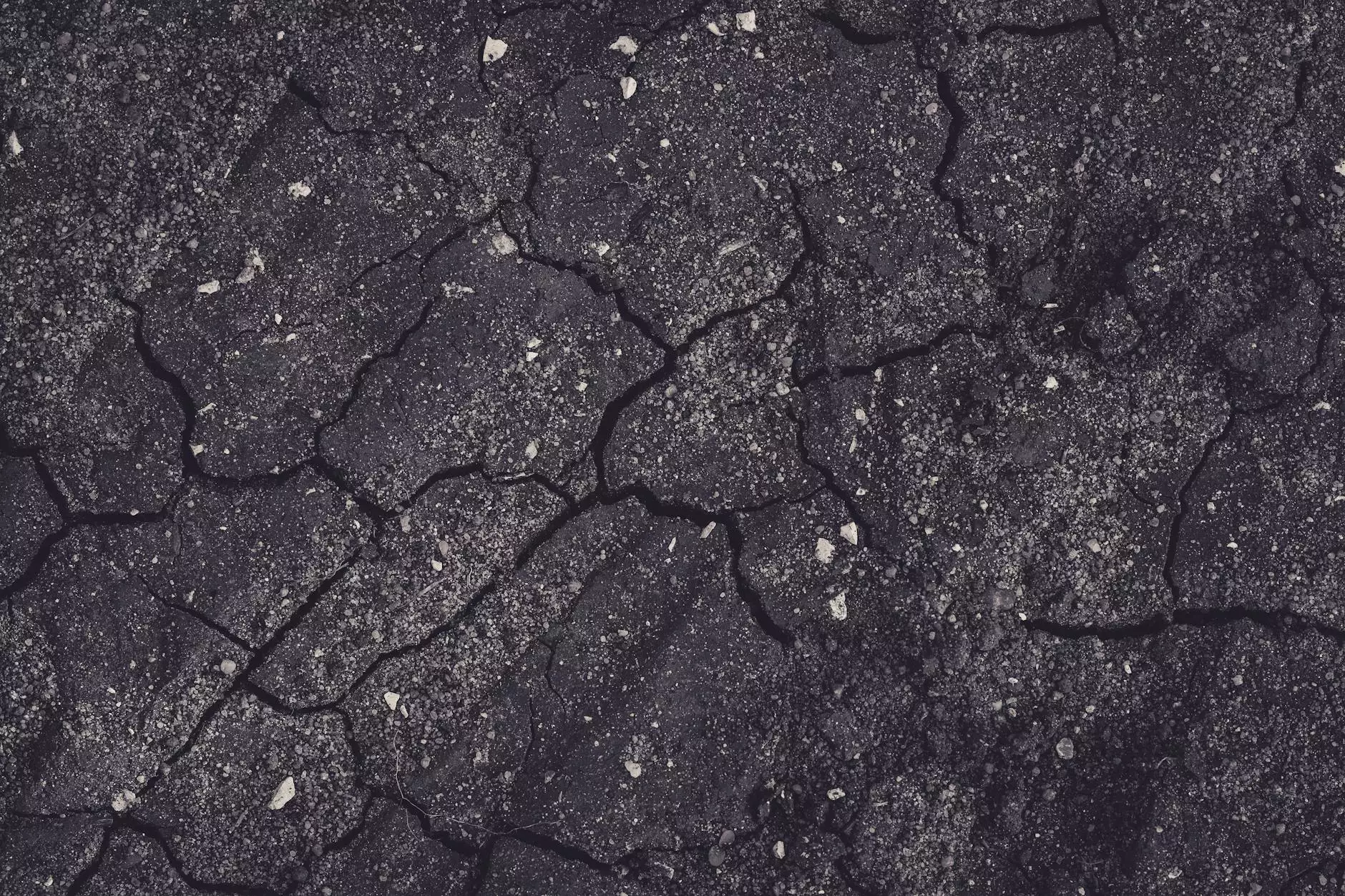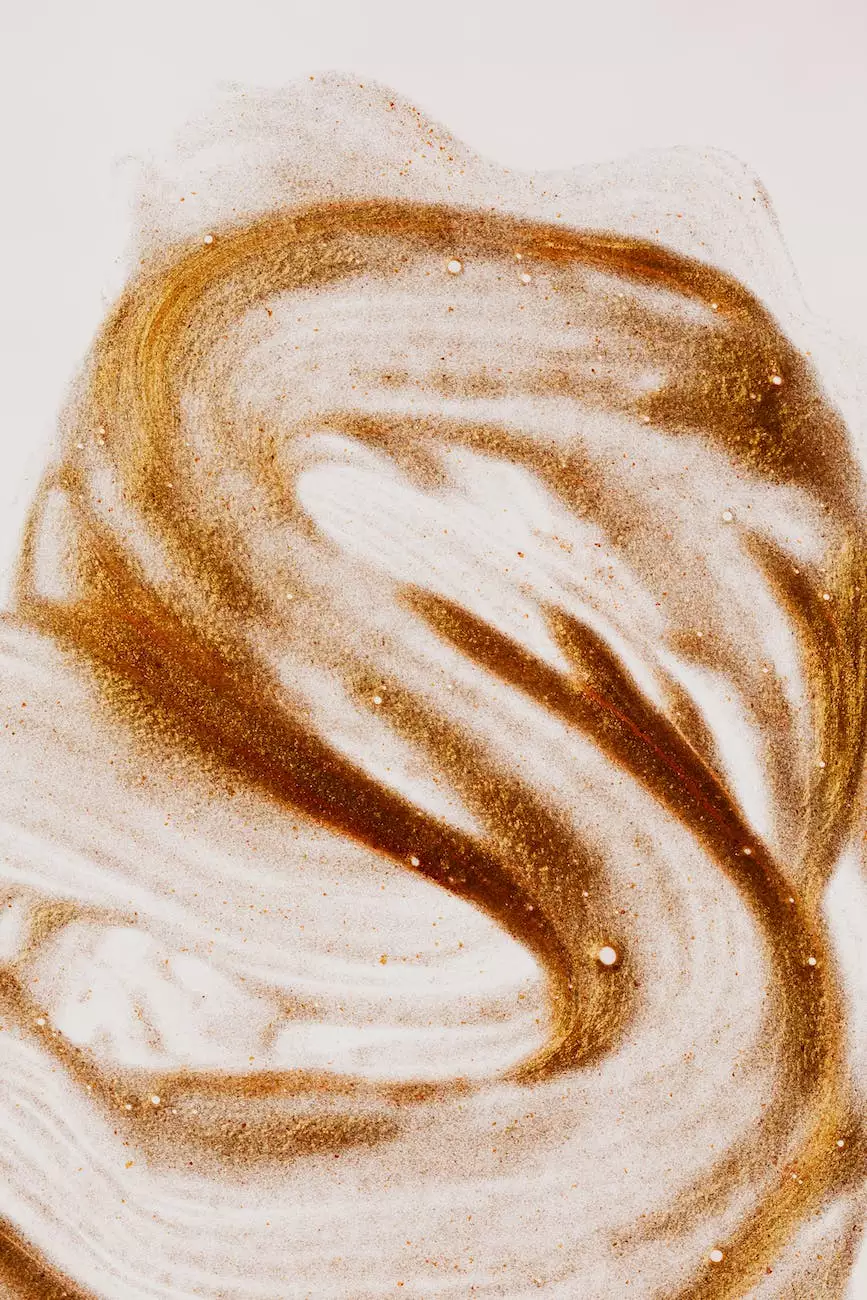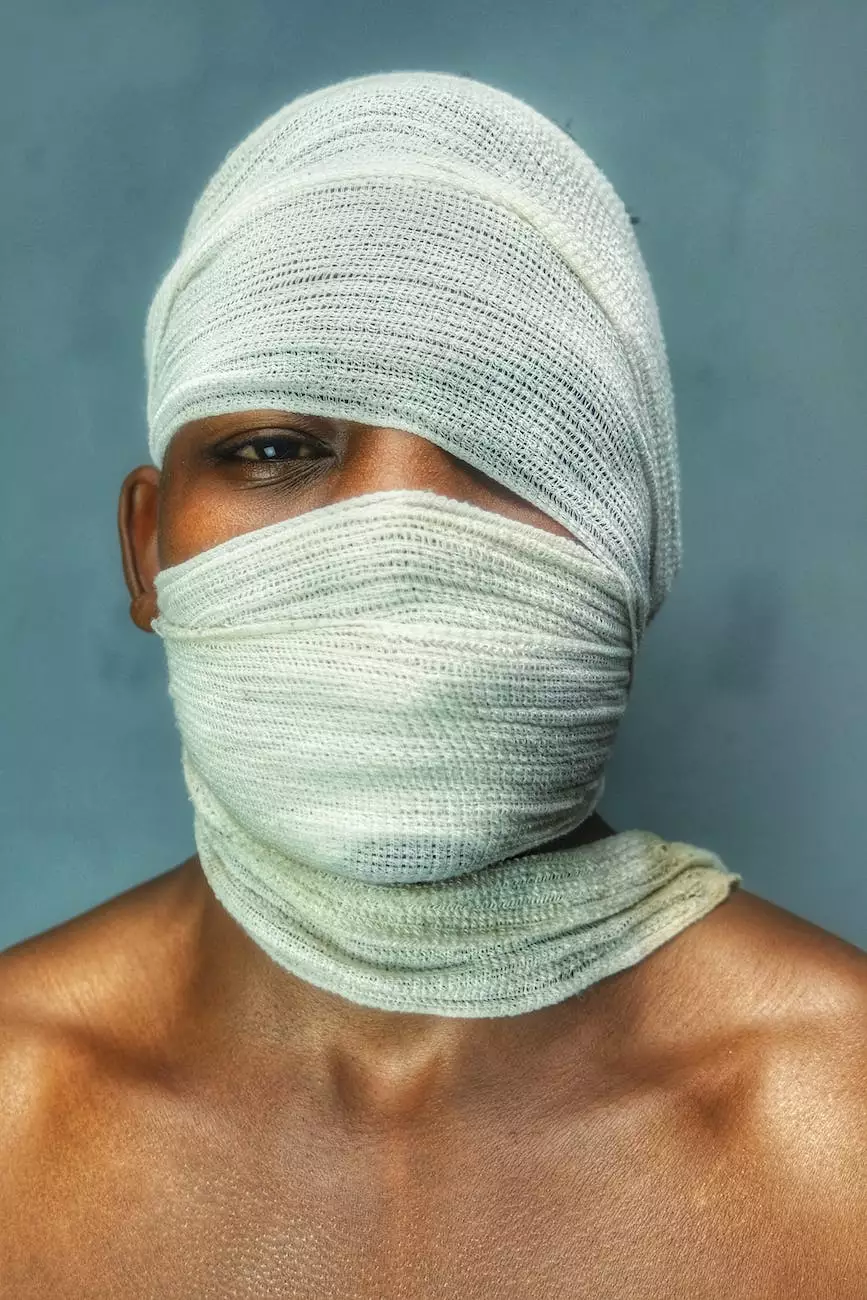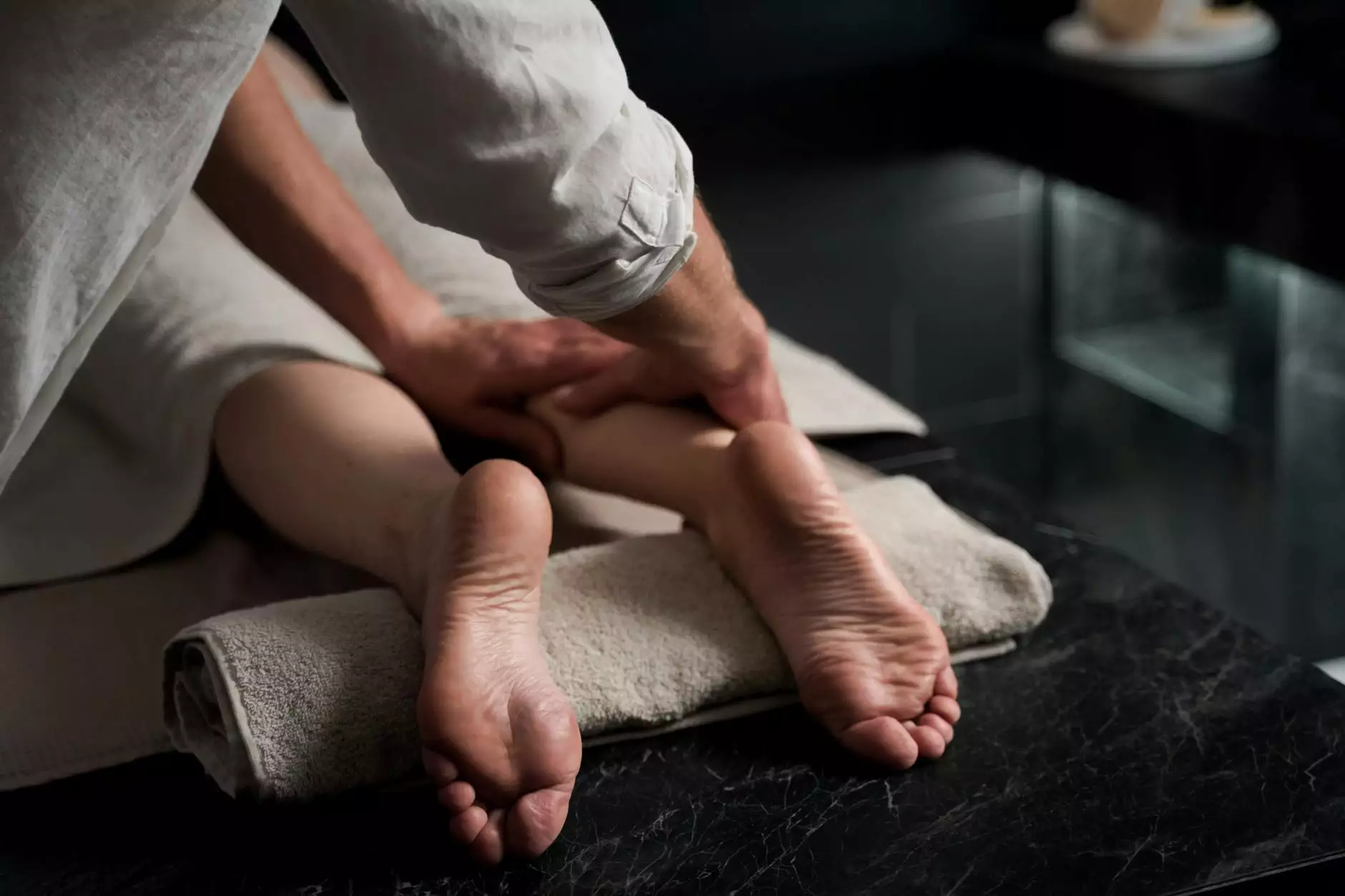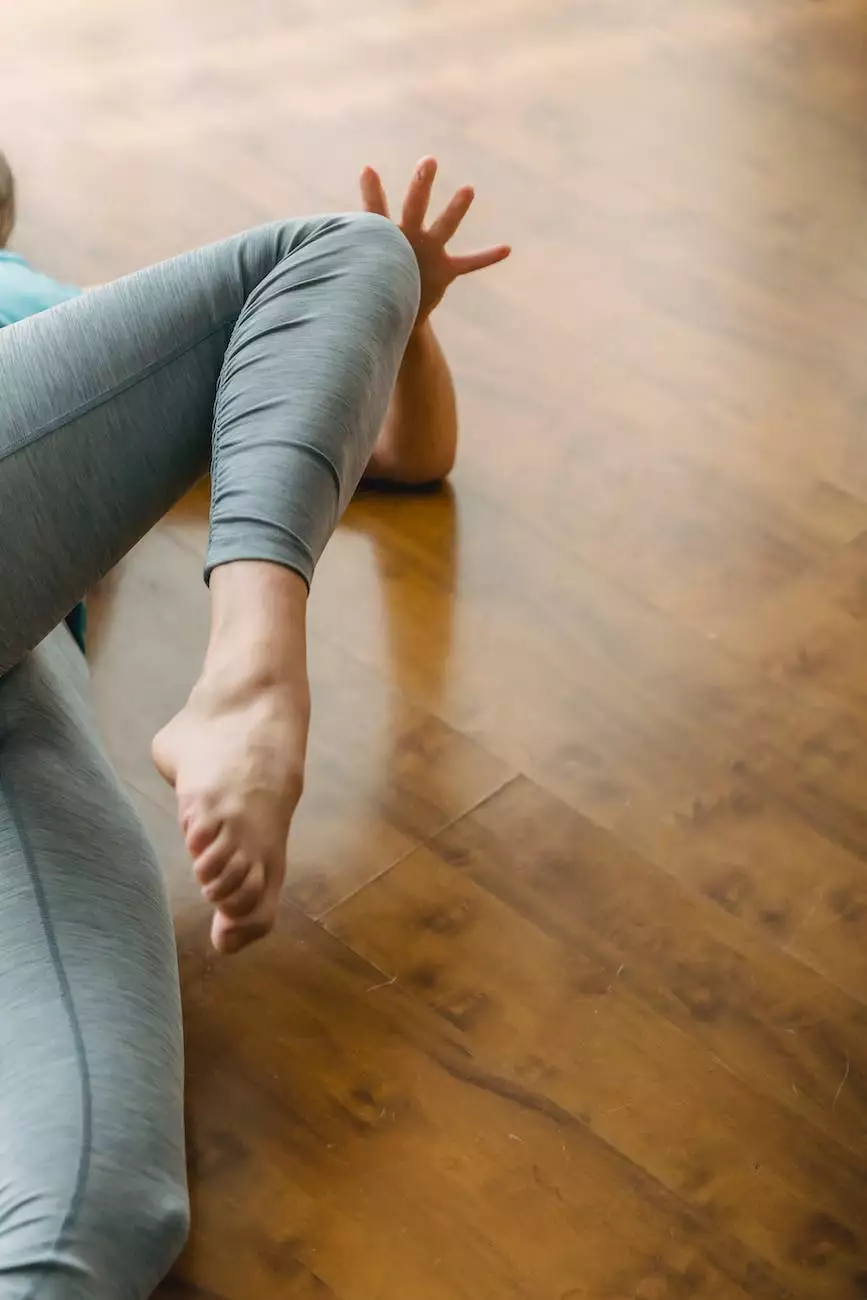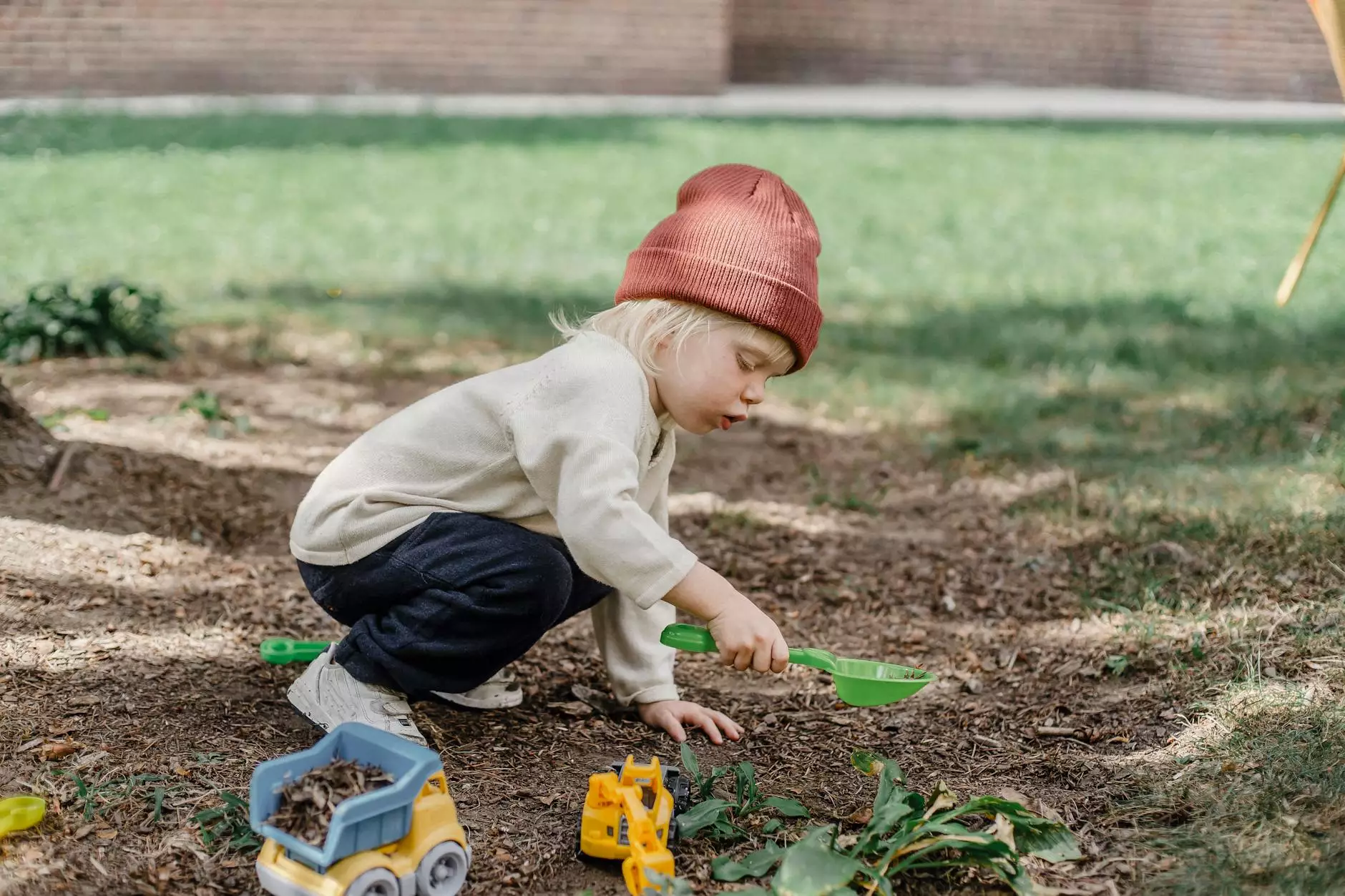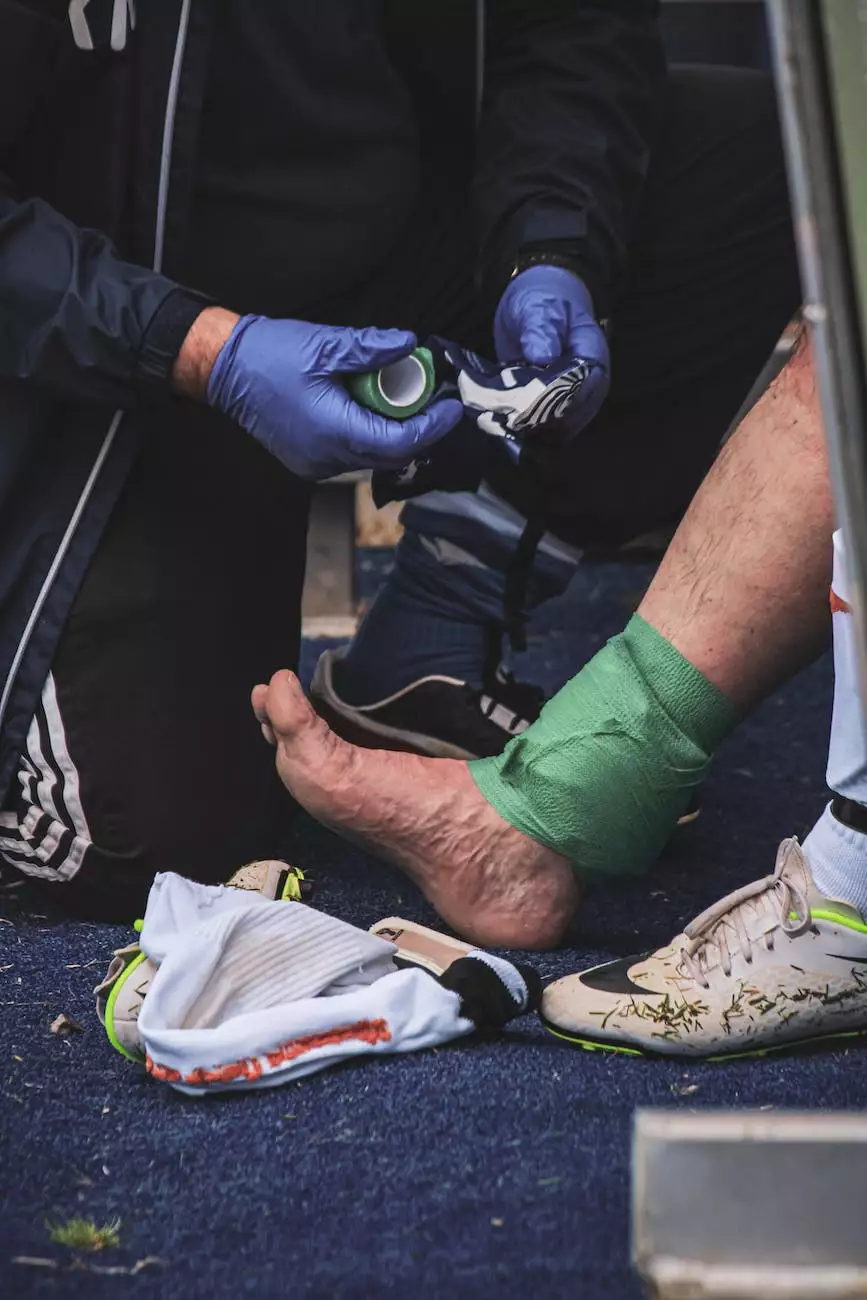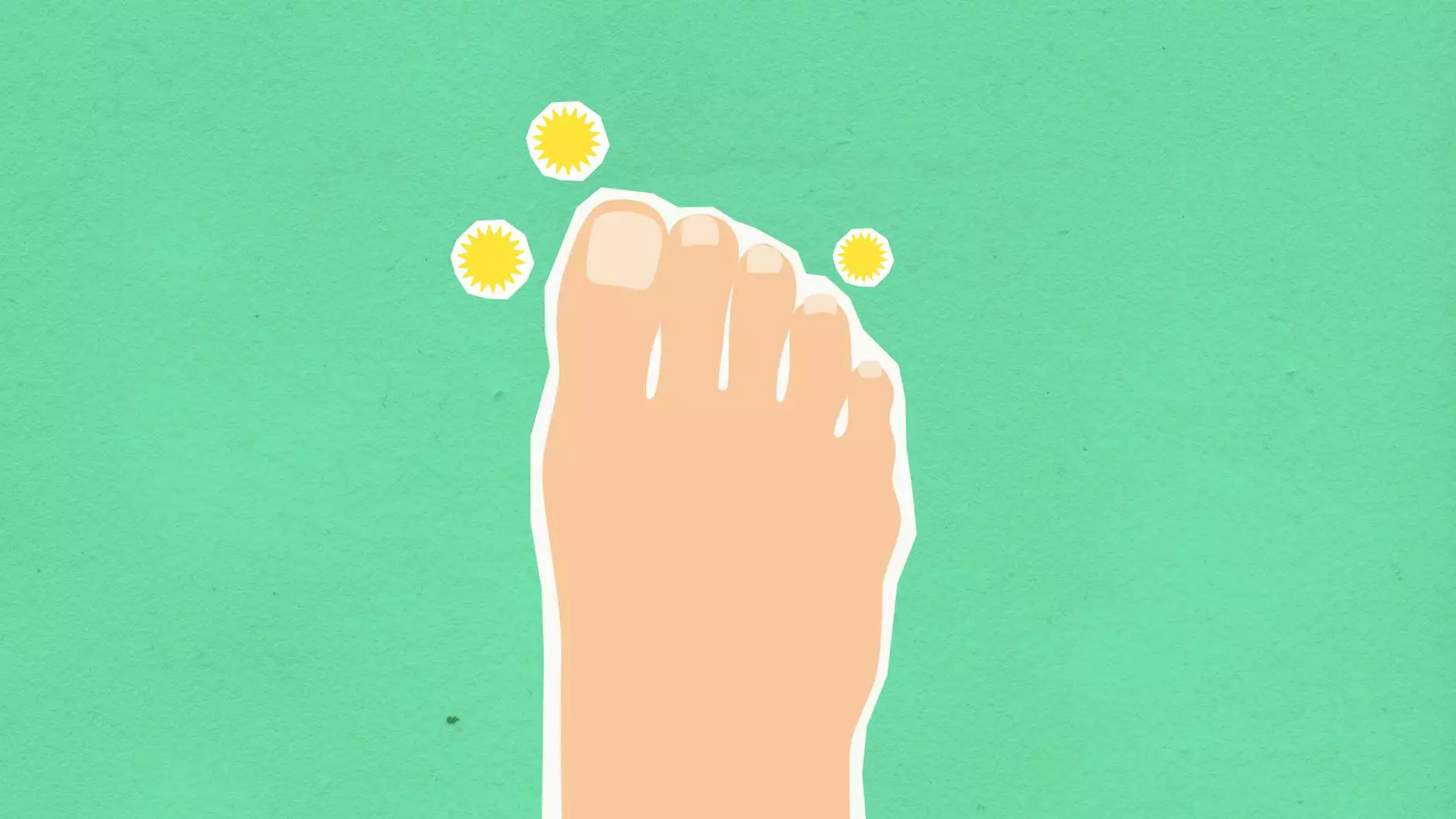The Fungal Infection Known as Athlete's Foot
Piedmont HealthCare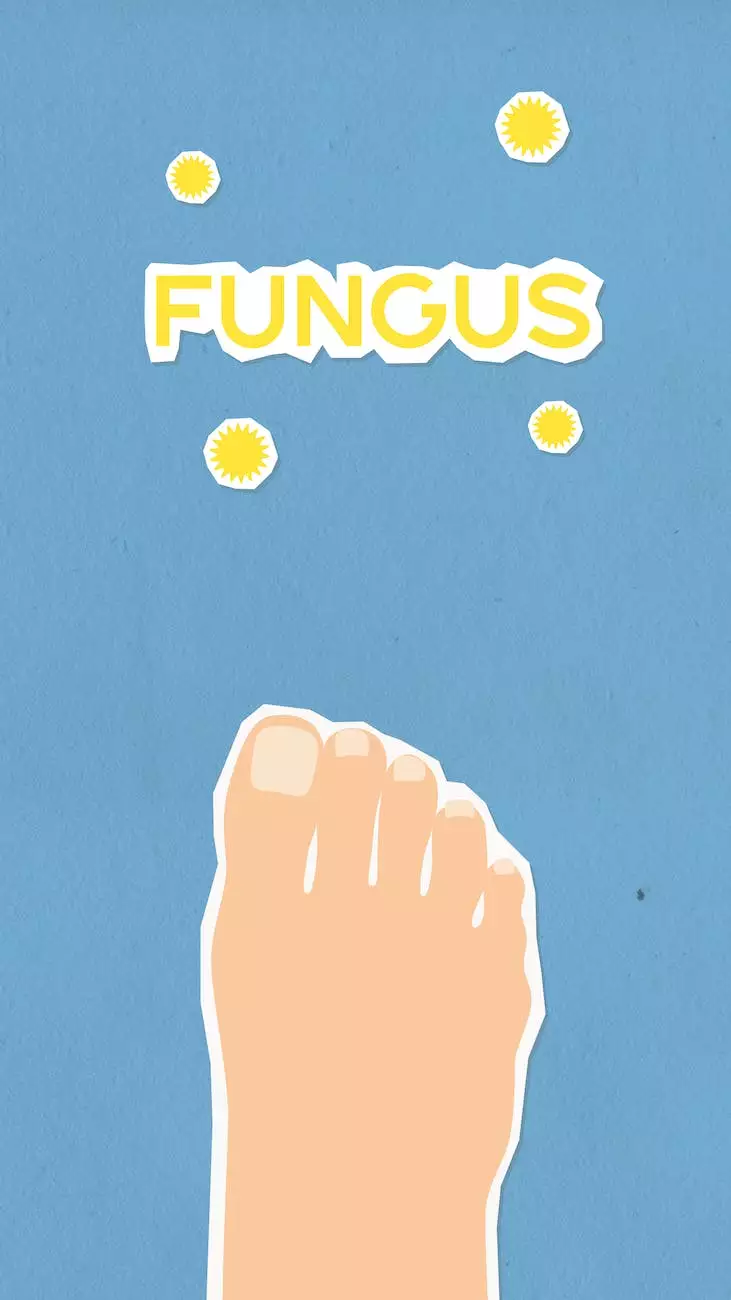
Understanding Athlete's Foot
Athlete's foot, medically known as tinea pedis, is a common fungal infection that affects the skin on the feet. It is particularly common among athletes or individuals who frequently wear tight-fitting shoes, as the warm and moist environment created by sweat and lack of ventilation provides an ideal breeding ground for the fungi responsible for this condition.
Symptoms and Signs
Athlete's foot can manifest in various ways, and the symptoms may vary among individuals. However, common signs include:
- Itching and burning sensation between the toes
- Redness and inflammation on the affected area
- Cracked or peeling skin
- Blisters or ulcers
- Unpleasant odor
- Dryness and scaling
Treatment and Prevention
To effectively treat and prevent the recurrence of athlete's foot, it is essential to follow good foot hygiene practices and take appropriate measures.
1. Keep the Feet Clean and Dry
Thoroughly wash your feet with soap and water daily, especially after exercise or any activity that causes sweating. Drying the feet thoroughly, including between the toes, is crucial as fungi thrive in moist environments.
2. Use Antifungal Medications
Over-the-counter antifungal creams, sprays, or powders are commonly used to treat athlete's foot. These products usually contain active ingredients such as clotrimazole, terbinafine, or miconazole, which help kill the fungi causing the infection. Apply the medication as directed on the packaging or follow your healthcare professional's advice.
3. Wear Breathable Shoes and Socks
Opt for shoes made from breathable materials, such as leather or mesh, to promote airflow and reduce moisture buildup. Additionally, wear moisture-wicking socks that help keep your feet dry and minimize the risk of future infections.
4. Avoid Walking Barefoot
Avoid walking barefoot in public areas, such as swimming pools, locker rooms, or communal showers, as these environments expose your feet to potential fungi. Instead, wear protective footwear, such as flip-flops or shower shoes, in these places.
5. Practice Proper Nail and Foot Care
Regularly trim your nails, keep them clean, and avoid picking at the skin around the nails. It is also essential to moisturize your feet with a non-medicated cream to prevent excessive dryness and cracking.
When to Seek Professional Help
In most cases, athlete's foot can be effectively treated with over-the-counter medications and self-care practices. However, it is advisable to consult a healthcare professional if:
- The symptoms persist or worsen despite home treatment
- You experience severe pain or discomfort
- Signs of infection, such as pus or increasing redness, develop
- You have a weakened immune system or pre-existing medical conditions
At Bowling Orthopaedics, we specialize in treating various orthopedic conditions, including athlete's foot. Our experienced team of medical professionals can provide accurate diagnosis, personalized treatment plans, and expert guidance to help you find relief and prevent further complications. Contact us today to schedule an appointment and take the first step towards healthier and happier feet.

